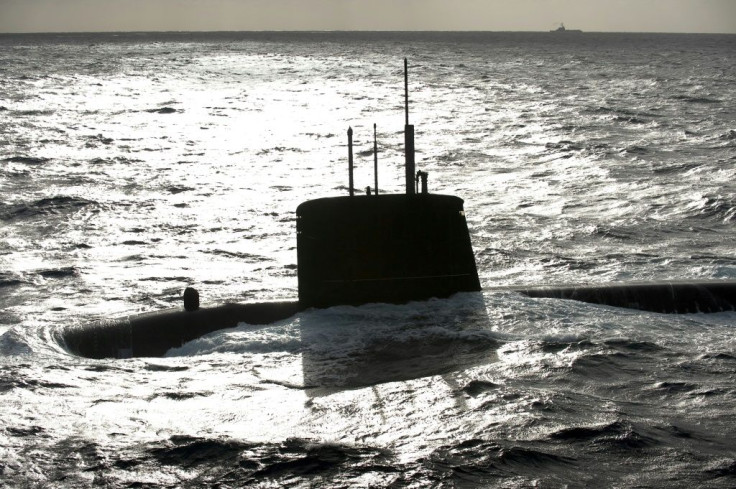Naval Choreography In South China Sea: French, German Warships To Cross Contested Waters
KEY POINTS
- The French warships may avoid the Taiwan Strait
- France has sent a nuclear attack submarine Émeraude to the region
- UK's HMS Queen Elizabeth has already entered the contested waters
France and Germany have joined the United States in taking on Beijing's territorial claims in the South China Sea.
France's amphibious assault ship Tonnere and frigate Surcouf left their home port Toulon last month on a three-month mission to the Pacific, reported South China Morning Post. Germany announced last week that its frigate will cross the South China Sea in August, the first time since 2002, on its return journey from Asia.
In a bid to ramp up military presence in the area, French President Emmanuel Macaron has already sent a nuclear attack submarine Émeraude and naval support ship Seine to the region in early February. They had conducted anti-submarine exercises with missile destroyer USS John McCain and Japanese helicopter carrier Hyuga. This was the first time Japan and France came together in a submarine exercise.
The move follows France's 2019 Indo-Pacific Strategy, which calls for an increased presence in the region and defending the freedom of navigation. France would be taking a "strategically balanced approach" so as not to upset Beijing, one reason why it would avoid passing through the Taiwan Strait, a flashpoint in U.S.-China tensions, SCMP reported.
Captain Arnaud Tranchant told Naval News, "We will take the most direct maritime routes, while obviously respecting international law and the sovereignty of the territories near which we will navigate. But I must admit that we have not yet traced our roads in this area.”
German officials maintained their frigate will not pass within the 12-nautical-mile limits of any land, but China has reacted sharply to the German plans.
While the U.S. has welcomed the move, analysts think the rare move by Berlin is directed at Chinese expansionism. But, Germany's '12 nautical mile' statement may have "unerringly legitimizes erroneous claims for certain SCS features," said Collin Koh, a research fellow at the S. Rajaratnam School of International Studies in Singapore.
In a tweet, Koh says, "I understand many navies, regional and extra-regional, would strive to stay outside 12nm from the contested feature because doing so could become unnecessarily provocative to the claimants. But some things are better not said openly lest they're taken as endorsement for claims."
'The ship will not pass within what officials called the “12-nautical-mile”, officials... added.' I know it's political and operational imperative, but it unerringly legitimizes erroneous claims for certain SCS features not entitled to 12nm TTS limit. https://t.co/HSniJux4NJ
— Collin Koh 🇸🇬🇺🇦 (@CollinSLKoh) March 3, 2021
Besides, the UK has already set its sight on the region in the post-Brexit era. The Royal Navy aircraft carrier HMS Queen Elizabeth has already entered the contested waters and will join Japanese and U.S. navies in the South China Sea to conduct freedom of navigation protocols.

© Copyright IBTimes 2024. All rights reserved.





















